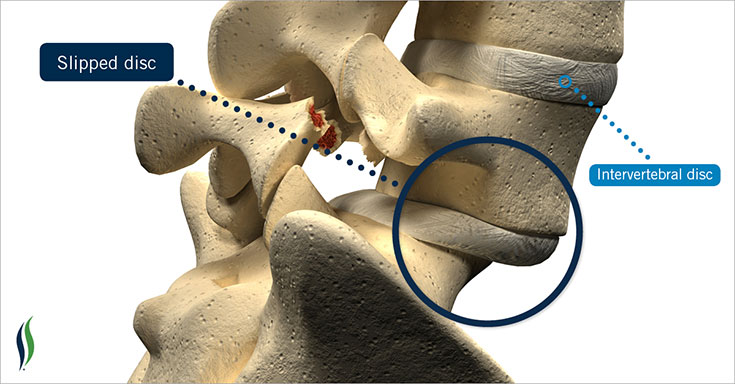SERVICES

Arthroscopy
Arthroscopy is a surgical procedure in which the interior of a joint is inspected with a tiny 4 mm lens called the arthroscope. One or more additional 4 mm incisions are required to diagnose & treat the diseased joint. Throughout the procedure, a sterile saline infusion is used to distend the joint to allow a little more room to perform the procedure.
Complications are rare after an arthroscopy. Usual complications are the same as that found after any orthopedic surgery like infection, hematoma (blood collection in the surgical site) etc.

Hip Joint Replacement
Hip Joint replacement, also called total hip arthroplasty, is a surgical procedure to replace a worn out or damaged hip with an artificial joint (prosthesis). This surgery may be considered following a hip fracture (breaking of the bone) or for someone who has severe pain due to arthritis.
Hundreds of thousands of artificial hip replacement surgeries are performed yearly. Hip replacement may become necessary if activities such as walking, sitting, or even resting become painful.
The goal of hip replacement surgery is to replace the parts of the hip joint that have been damaged and to relieve hip pain that cannot be controlled by other treatments.

Knee Joint Replacement
When a knee is so severely damaged by disease or injury, an artificial knee replacement may be considered. During knee replacement surgery, joint surfaces are substituted or replaced by prostheses. Nearly 600,000 knee replacement surgeries are done each year in the U.S. The most common age for knee replacement is between 50 and 80 years old.
The most common condition that results in the need for knee replacement surgery is osteoarthritis. This is a degenerative, joint disease that affects mostly middle-aged and older adults. Osteoarthritis is characterized by the breakdown of joint cartilage and adjacent bone in the knees. Other forms of arthritis, such as rheumatoid arthritis and arthritis that results from a knee injury can also lead to degeneration of the knee joint. In addition, fractures, torn cartilage, or torn ligaments also can lead to irreversible damage to the knee joint over the years.

Back Pain
Low back pain can range from mild, dull, annoying pain, to persistent, severe, disabling pain in the lower back. Pain in the lower back can restrict mobility and interfere with normal functioning and quality of life.
Pain in the back or neck area can be acute, which comes on suddenly and intensely, or chronic, which can last for weeks, months, or even years. The pain can be continuous or intermittent.

Slip Disc
A slipped disk occurs when the soft inner portion of the disk protrudes through the outer ring. Symptoms vary based on where the slipped disk occurs and if it compresses any of your spinal nerves. Slipped disks are more common in older adults.
Your spinal column is made up of a series of bones (vertebrae) stacked onto each other. From top to bottom, the column includes seven bones in the cervical spine, 12 in the thoracic spine, and five in the lumbar spine, followed by the sacrum and the coccyx at the base. These bones are cushioned by disks. The disks protect the bones by absorbing the shocks from daily activities like walking, lifting, and twisting.

Sport Injuries
Sports injuries are injuries that occur in athletic activities or exercising. Moreover, accidents, poor training practices, or improper gear can also cause them. The most common sports injuries are sprains and strain, knee injuries, swollen muscles, Achilles tendon injuries, pain along the shin bone etc.
Sprains are injuries to ligaments, the tough bands connecting bones in a joint. Suddenly stretching ligaments past their limits deforms or tears them. Strains are injuries to muscle fibers or tendons, which anchor muscles to bones.

Arthritis Treatment
Arthritis is a term often used to mean any disorder that affects joints. It is an informal way of referring to joint pain or joint disease. There are more than 100 different types of arthritis and related conditions. People of all ages, sexes, and races can and do have arthritis.
Common arthritis joint symptoms include swelling, pain, stiffness and decreased the range of motion. There are various types of arthritis - or musculoskeletal conditions - like Inflammatory arthritis, Osteoarthritis, Soft tissue musculoskeletal pain etc.

Fracture Treatment
Fracture Treatment most often happens when more force is applied to the bone than the bone can take. Bones are weakest when they are twisted. Bone fractures can be caused by falls, trauma, or as a result of a direct blow or kick to the body. Overuse or repetitive motions can tire muscles and put more pressure on the bone. This causes stress fractures. This is more common in athletes.
The goal of treatment is to put the pieces of bone back in place, control the pain, give the bone time to heal, prevent complications, and restore normal use of the fractured area.

Spine Surgery
The spine is made up of the spinal cord, which starts from below the brain and goes up to the tail-bone The spinal cord has got nerves which arise from the spinal cord and go to various different parts of the body Apart from these are the vertebrae called bones surrounding the spinal cord. . . . There are approximate 24 mobiles vertebrae
These are mobile because between every 2 vertebrae are structures called discs. Discs are cushion-like structures, which allow movement between 2 vertebrae or bones Apart from these discs, there are also ligaments surrounding the bones, which help in movements of the bones over one another
Behind the discs are nerves, which are coming out of the spinal cord, these go from the middle of the body to the arms & legs. Nerves are like wires, which transmit signals from the brain & spinal cords to the arms & legs to aid in their movement
address
- Raj Hospital,
- Isha Shopping Complex,
- Sector 15, Nerul,
- Navi Mumbai - 400706
Consulting Hospitals
ICON HOSPITAL ULWE
APOLLO HOSPITAL BELAPUR
RAJ HOSPITAL NERUL